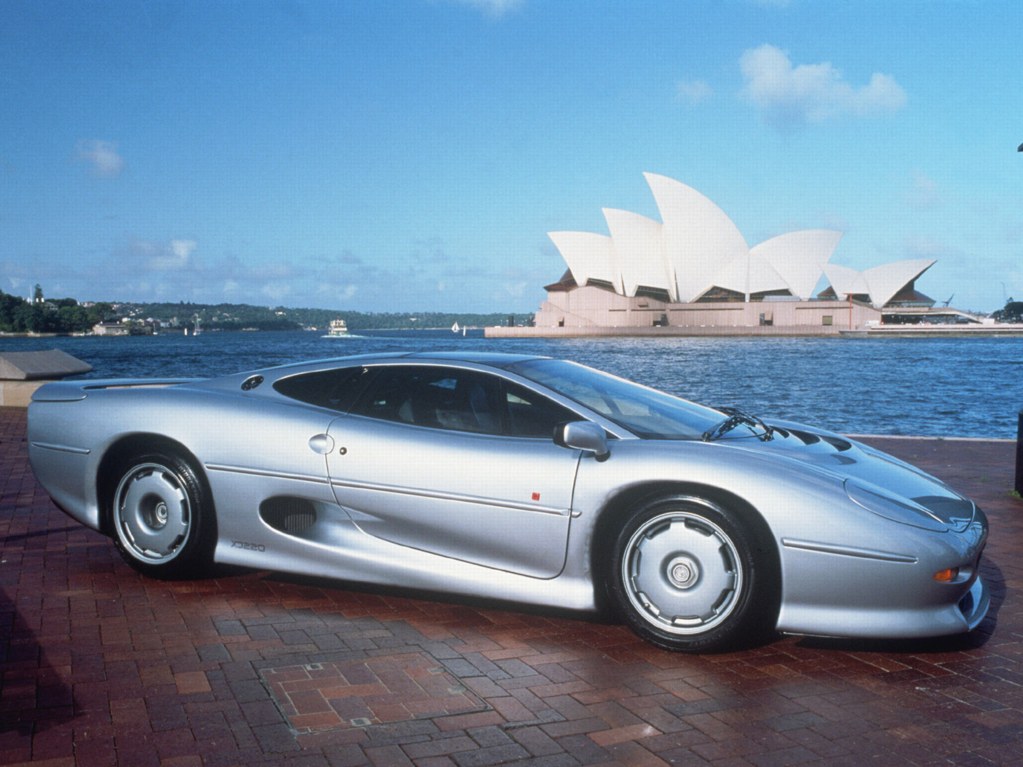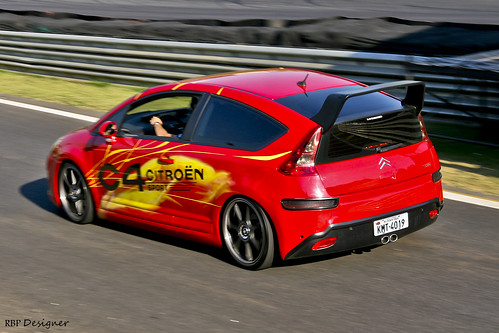 jaguar-xj220-1
jaguar-xj220-1British auto-maker, Jaguar, has this week finally confirmed that it will build a spiritual successor to the legendary E-Type. Revealed to UK car mag Auto Express, the company has given the green light to production of a two-seat sports car to rival the Porsche Boxster.
The long-awaited development is a result of substantial investment being ploughed into the marque by new owners Tata over the next five years. Tata chief executive, Carl-Peter Foster, has confirmed that a sports car is in the final stages of design.
Speaking to Auto Express about the company's chief designer, he said: "Ian Callum has been working on some ideas along these lines and we like what we see. We are at the clay model stage, tweaking the idea here and there."
The new model will sit below the XK in the Jaguar range and be designed to be more driver-focussed than the current grand-tourer.
Smaller in size, it is expected to bear a close family resemblance to the XK incorporating an elongated oval mesh grill at the nose and latest Jaguar design hallmarks from the sculpted hood to the sleek, new-style Jag headlights.
Up front there's expected to be one of Jaguar's latest powerplants such as the 5.0 litre V8 available across the company's range including the power-boosted XF-R and XK-R models, leaving open the option of a exciting, range-topping 'R' version.
Predicted to debut in around 18 months time, Jaguar sources say that it will be priced to compete with premium sports class leaders like the BMW Z4, Audi TT RS, Mercedes SLK AMG as well as Porsche Boxster and Cayman.
The news comes as the UK-based company has also revealed plans to build on the achievements of its XF model by expanding the range to include estate and coupe versions.
Buoyed by successfully competing for premium executive sales with the dominant German marques, an XF coupe would expand the fight to the highly-regarded Audi A5 and BMW 3-series.
However, Jaguar remains tight-lipped on the prospects for a rumoured new XJ220 style supercar to take on the Audi R8.
The company's revival has so far seen the all-new XK, XF and, this year, XJ models hit the roads. Fans of the classic British marque will no doubt be excited to see that the trend is set to continue.















